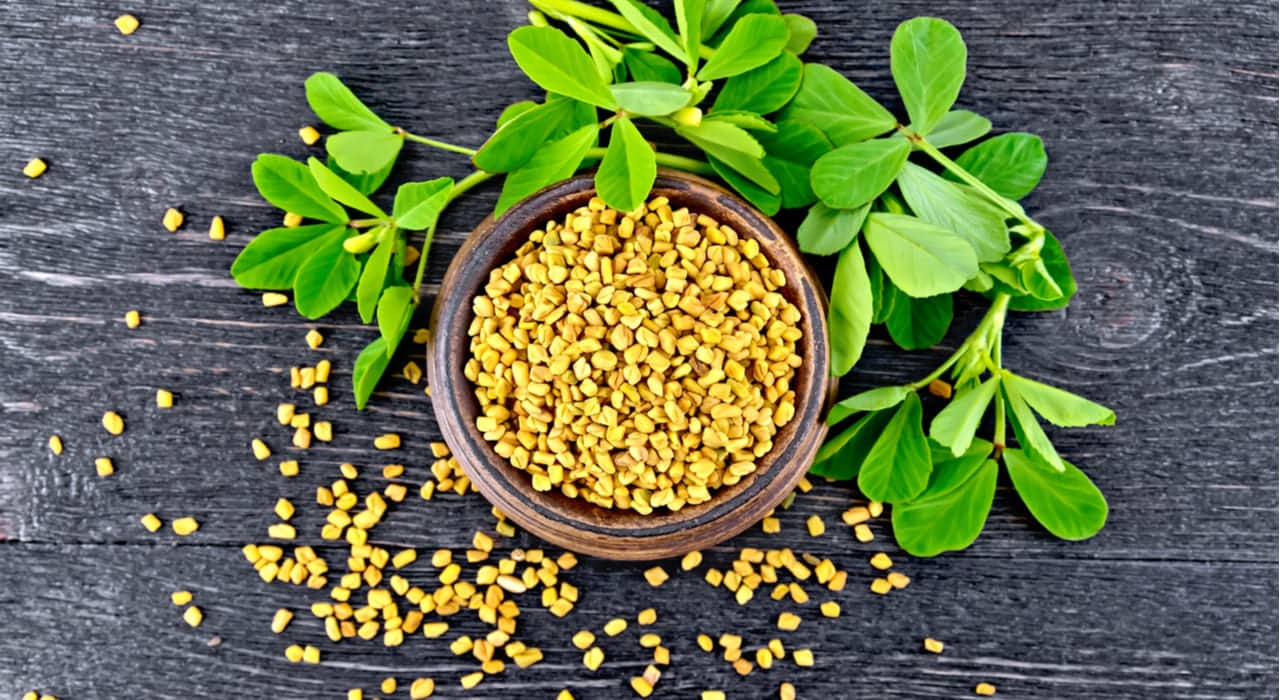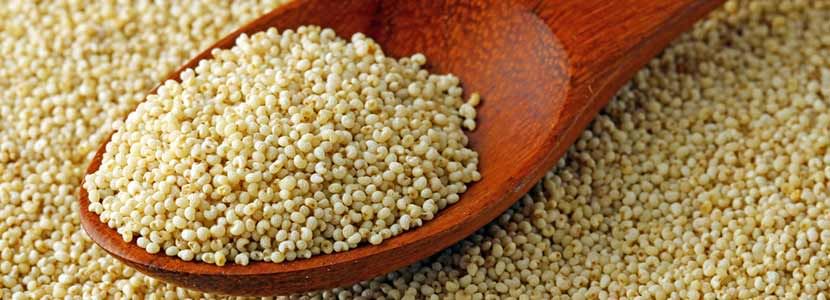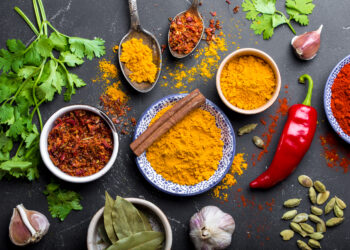Introduction:
Indian cuisine is renowned for its vibrant flavors, aromatic spices, and rich cultural heritage. Spices play a crucial role in elevating the taste and essence of Indian dishes, creating a symphony of flavors that tantalize the taste buds. This guide aims to delve into the world of essential spices in Indian cuisine, exploring their unique characteristics, traditional uses, and culinary significance.
Some essential spices in Indian cuisine are described below:
Cumin (Jeera):

Cumin seeds are an integral part of Indian cooking and are known for their warm, earthy flavor. They add depth to various dishes, including curries, rice, and lentils. Cumin is often roasted before grinding to enhance its aroma and taste. Additionally, it aids digestion and is believed to have several health benefits.
Coriander (Dhania):
Coriander seeds are commonly used in Indian cuisine for their distinct citrusy flavor and subtle sweetness. Ground coriander is a key ingredient in curry powders, while the fresh leaves, known as cilantro, are widely used for garnishing and adding a refreshing touch to dishes.
Turmeric (Haldi):
Turmeric is not only a vibrant yellow spice but also holds immense significance in Indian culture and Ayurvedic medicine. It imparts a warm and earthy flavor to dishes, and its distinct color adds visual appeal. Turmeric is renowned for its anti-inflammatory properties and is a staple in curries, rice dishes, and lentils.
Cardamom (Elaichi):
Cardamom, with its unique aroma and flavor, is often referred to as the “Queen of Spices.” It comes in two varieties: green and black. Green cardamom is commonly used in sweet dishes, beverages like masala chai, and various meat and vegetable preparations. Black cardamom has a smoky and robust flavor, adding depth to dishes like biryanis and meat curries.
Mustard Seeds (Rai/Sarson):

Mustard seeds are widely used in Indian cooking, especially in the southern and eastern regions. They have a pungent and slightly bitter taste. Mustard seeds are often tempered in hot oil before being added to dishes, imparting a distinct flavor and aroma. They are used in pickles, chutneys, and various vegetable preparations.
Fenugreek (Methi):
Fenugreek leaves and seeds are commonly used in Indian cooking. The leaves have a slightly bitter taste and are used in curries, while the seeds have a strong aroma and are often roasted before use. Fenugreek is known for its medicinal properties and is believed to aid digestion and regulate blood sugar levels.
Cloves (Laung):
Cloves are intensely aromatic and have a warm, sweet, and slightly bitter taste. They are used whole or ground in both sweet and savory dishes, imparting a distinct flavor. Cloves are a common ingredient in spice blends, desserts, rice dishes, and meat curries.
Red Chilli (Lal Mirch):
Red chili, whether in powdered form or whole, is a quintessential spice in Indian cuisine. It adds a fiery heat and vibrant red color to dishes. Different varieties of red chilies are used in various regions, each with its own intensity and flavor profile. From curries to marinades, pickles to chutneys, red chili is a versatile spice that brings a delightful kick to Indian dishes.
Cinnamon (Dalchini):
Cinnamon is a fragrant spice that adds warmth and sweetness to Indian recipes. It is available in both stick and powdered form. Cinnamon is often used in rice dishes, curries, desserts, and even in tea. Its distinct aroma and flavor lend a comforting and aromatic touch to the cuisine, making it a beloved spice in Indian households.
Black Pepper (Kali Mirch):

Black pepper is one of the most commonly used spices in Indian cooking. It has a pungent and slightly spicy taste that enhances the overall flavor of a dish. Black pepper is used in both powdered and whole form and is an essential ingredient in spice blends, marinades, and curries. It also aids in digestion and is often added to traditional Ayurvedic remedies.
Asafoetida (Hing):
Asafoetida is a unique spice that is used sparingly due to its strong aroma and pungent taste. It is commonly used in vegetarian dishes, particularly in lentil-based recipes. Asafoetida adds a distinct umami flavor and is believed to aid digestion. It is used in small quantities, either as a powder or by dissolving it in water or oil before adding it to the dish.
Fennel Seeds (Saunf):
Fennel seeds have a slightly sweet and licorice-like flavor, making them a popular spice in Indian cuisine. They are often chewed after meals as a digestive aid. Fennel seeds are used in curries, rice dishes, pickles, and desserts. They can be dry roasted or ground into a powder, adding a delightful aroma and taste to the dishes.
Nutmeg (Jaiphal):
Nutmeg is a warm and fragrant spice that is used in both sweet and savory dishes. It has a slightly sweet and nutty flavor and is commonly used in spice blends, rice dishes, and desserts. Nutmeg is often grated or ground into a powder to release its aromatic properties and add a unique depth to the dishes.
Curry Leaves (Kadi Patta):

Curry leaves are aromatic leaves used in Indian cooking to add a distinct flavor and fragrance to dishes. They are commonly used in South Indian cuisine and are tempered in hot oil before being added to curries, dals, and chutneys. Curry leaves impart a subtle citrusy and herbal taste, enhancing the overall complexity of the dish.
Ginger (Adrak):
Ginger is a versatile spice that adds a unique zing to Indian dishes. Its distinct flavor profile ranges from spicy to slightly sweet, and it is used in various forms such as fresh, dried, or powdered. Ginger is commonly used in curries, marinades, stir-fries, and beverages like chai tea. It not only imparts a delightful taste but also has digestive and anti-inflammatory properties.
Garlic (Lahsun):
Garlic is a staple spice in Indian cuisine, known for its strong and pungent flavor. It is used in both whole and minced forms, adding depth and intensity to a wide range of dishes. Garlic is a key ingredient in curries, sauces, marinades, and spice blends. Its distinct taste and aroma enhance the overall flavor profile of Indian dishes.
Star Anise (Chakra Phool):
Star anise is a star-shaped spice with a licorice-like flavor. It is commonly used in Indian cooking to add a sweet and aromatic touch to dishes. Star anise is a key ingredient in biryanis, meat curries, and spice blends. Its unique shape and taste make it visually appealing and contribute to the complex flavors of Indian cuisine.
Bay Leaf (Tej Patta):
Bay leaves are aromatic leaves that are used in Indian cooking to infuse a subtle fragrance into dishes. They have a mild and slightly floral taste and are often added to rice dishes, stews, soups, and curries. Bay leaves are typically used whole and are removed before serving the dish, imparting a delicate flavor to the preparation.
Saffron (Kesar):
Saffron is a prized spice that adds a luxurious and vibrant touch to Indian cuisine. It is derived from the stigmas of the crocus flower and has a unique floral and earthy flavor. Saffron is used in a variety of sweet and savory dishes, including biryanis, desserts, and milk-based beverages like kheer. It is a rich color and distinct taste makes it a highly sought-after spice in Indian cooking.
Fenugreek Seeds (Methi Dana):

Fenugreek seeds are small golden-brown seeds that have a slightly bitter and nutty taste. They are often used in tempering (tadka) for lentil-based dishes and vegetable curries. Fenugreek seeds can be dry roasted and ground into a powder or used whole. They add a depth of flavor and a unique texture to Indian dishes.
Tamarind (Imli):
Tamarind is a tangy and sour spice widely used in Indian cuisine. It is made from the pulp of the tamarind fruit and adds a unique tartness to dishes. Tamarind is commonly used in chutneys, sambar, rasam, and various curries. Its distinct flavor profile balances the richness of other spices, creating a harmonious blend of tastes.
Carom Seeds (Ajwain):
Carom seeds, also known as ajwain, have a strong and pungent flavor. They are used in small quantities to add a distinct taste to Indian dishes. Carom seeds are commonly used in bread and pastry doughs, pickles, and savory snacks. They are also known for their digestive properties and are often consumed after meals.
Curry Powder:
Curry powder is a blend of various spices that varies from region to region in India. It typically includes a combination of coriander, cumin, turmeric, fenugreek, black pepper, and other spices. Curry powder is a convenient way to add a burst of flavor to curries, stir-fries, and marinades, giving them a distinctive Indian taste.
Paprika (Deggi Mirch):
Paprika is a vibrant red spice made from dried and ground bell peppers or chili peppers. It adds a mild and slightly sweet flavor along with a beautiful color to Indian dishes. Paprika is commonly used in spice blends, marinades, tandoori dishes, and as a garnish for visual appeal.
Amchur (Dried Mango Powder):
Amchur is made from dried and powdered unripe green mangoes. It has a tangy and slightly sour taste that adds a refreshing element to Indian dishes. Amchur is commonly used in chutneys, spice blends, pickles, and fruit-based dishes. It provides a unique sourness that enhances the overall flavor profile.
Panch Phoron:
Panch Phoron is a traditional Bengali spice blend consisting of five whole spices: fenugreek seeds, nigella seeds, cumin seeds, black mustard seeds, and fennel seeds. It is typically used for tempering in vegetable dishes, lentils, and pickles, imparting a distinct flavor and aroma to the preparations.
Garam Masala:
Garam Masala is a fragrant spice blend made from ground spices such as cinnamon, cardamom, cloves, cumin, and coriander. It adds warmth and depth to Indian dishes, especially meat curries, and biryanis. Garam Masala is often sprinkled at the end of cooking or used as a seasoning to enhance the overall flavor profile.
Poppy Seeds (Khus Khus):

Poppy seeds are tiny black seeds with a nutty and slightly sweet flavor. They are used in Indian cooking to thicken gravies, add texture, and provide a mild crunch. Poppy seeds are commonly used in curries, desserts, and spice blends, contributing to the unique taste and mouthfeel of the dishes.
Conclusion:
The world of Indian spices is a treasure trove of flavors, offering an extensive range of tastes, aromas, and textures. This guide has introduced you to some essential spices in Indian cuisine, each with its own distinct characteristics and culinary significance.
By embracing the art of spices, you can elevate your cooking and embark on a delightful culinary adventure through the diverse and vibrant world of Indian cuisine. So, go ahead, explore, and immerse yourself in the captivating flavors of Indian spices.




















